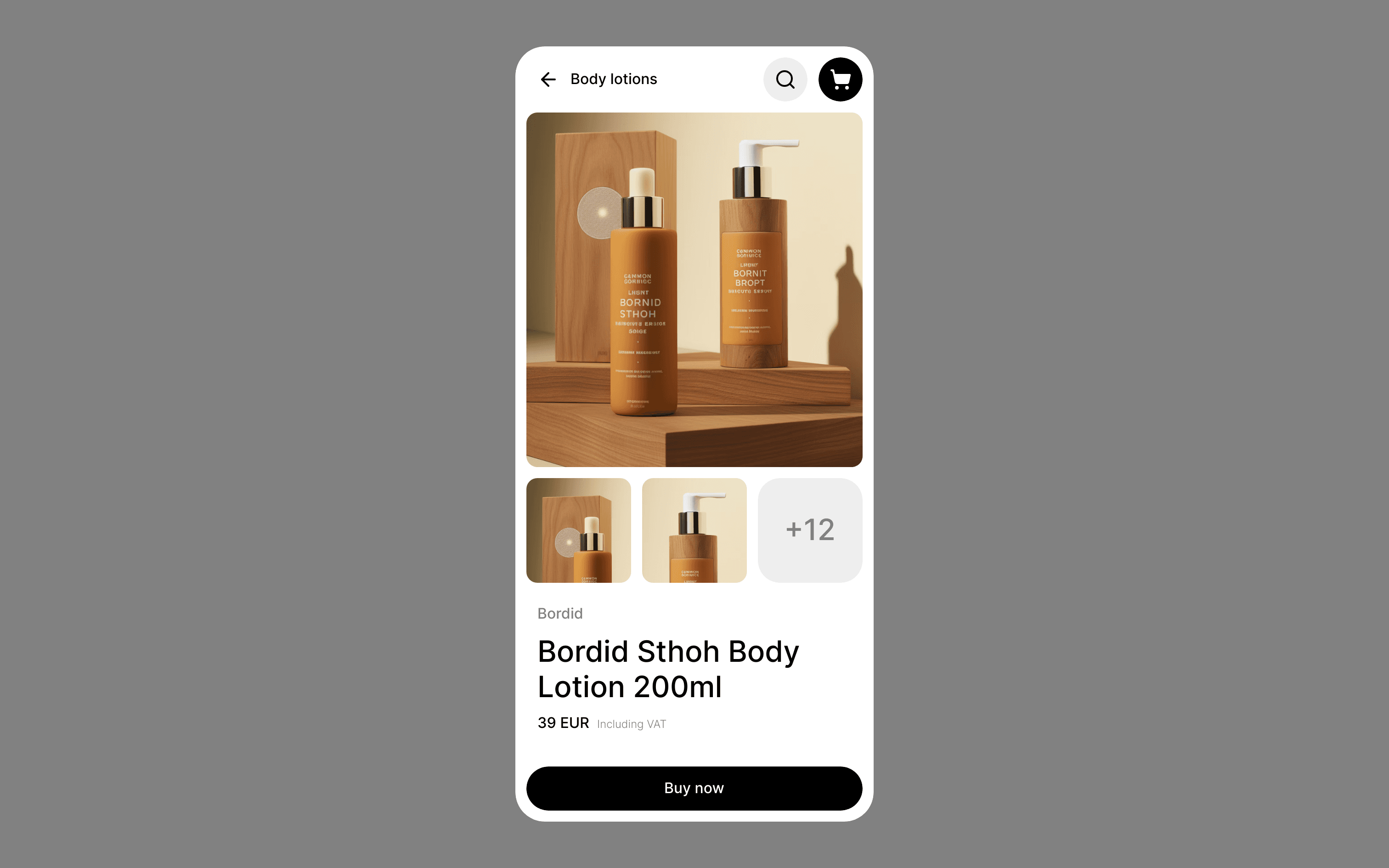Build Design Systems With Penpot Components
Penpot's new component system for building scalable design systems, emphasizing designer-developer collaboration.

medium bookmark / Raindrop.io |
From web services to apps and VR, we know that text is still important to create strong coherent digital experiences. But today’s copywriters are lacking the tools and the status to be invited to shape the future. Could the answer lie in a new identity?
Why are so many copywriters so poorly equipped to participate in design projects? A couple of years ago the world started to change fast enough for me to question my role as a copywriter. Almost everything transformed into software, the user was put in the spotlight and designers seemed to rule behind all the products and services I loved. Who were they? How did they think? How could I get to work with them?
I have long seen writing as a process and text as problem solving, but I feel that the conversation between copywriters isn’t as developed as that between designers.
So when I started meeting and talking to designers I discovered two things:
These conversations sparked something in me. I started to explore my own process, my methods and my role as a copywriter. I also started to learn more about this change, about its nature and the possibilities that we as humans have created for ourselves. Then I formulated a question that I hope that other copywriters ask themselves:
What is my place in this big change?
In searching for the answer, I found a new identity.
Design is a broad concept. Many think of design solely as something visual, but after interviewing and working with designers I’ve discovered that design is about solving problems. A designer is just someone who is trained to do it for other people.
In order to solve problems with design, it helps if you’re capable of seeing design as a process. But there is no clear only way. Design is rather an explorative process where you often find unexpected things along the way.
Text is also about solving problems for other people, even if copywriters traditionally lack the designer’s processes and methods. Instead the copywriter often steps in at the end of the process and writes based on what she or he thinks sounds good. But it doesn’t have to be this way.
My exchanges with designers have changed the way I see my profession. The way of thinking as well as the process and methods around design can be translated and used by those of us who work with text as well. Those of us who work with text also have a lot of traits that are tremendously useful in a design project, for instance:
These are the things I consider key for a copywriter who wants to be in on the change we’re seeing right now and keep being in on it in the future:
Stop writing start designing
Learn how to solve problems using design thinking. If the solution then includes text you can write it, by all means. Don’t call yourself copywriter, call yourself text designer and stress the importance of you, as a designer, being included from the start, be there when you examine the problem, when you develop solutions that you test on real people and all the way to a final solution. Stress the importance of getting to build empathy for the people you’re solving the problem for, stress the importance of getting to test everything you do, stress the importance of helping out with structure and documentation in the project (after all, you can write).
Don’t be intimidated by design words like UX or CX, it’s just a masquerade of letters hiding things you (hopefully) already know.
Read books about design, about the processes, about the methods. Interview designers, cooperate with designers.
Start designing verbal identitites
Right now there’s a huge imbalance in the world that you as a copywriter can use. We have countless newly started companies that need to reach out instantly and influence the right people in order to have a chance of survival, all the way from customers to investors. These companies often have no idea about who they are or how they should talk about themselves. They need someone who can help them find their verbal identity, in the shape of strategically chosen messages and a tonality that conveys the right things. Help them.
Read about strategy, learn how to work with messaging, learn to design a tonality.
Keep the conversation alive
I’d like to have contact with and talk to other copywriters who want to be in on exploring the possibilities for the profession, other people who think along these lines, or along entirely different ones.
Do you want to join in and write for this publication? Get in touch and we’ll talk more.
AI-driven updates, curated by humans and hand-edited for the Prototypr community